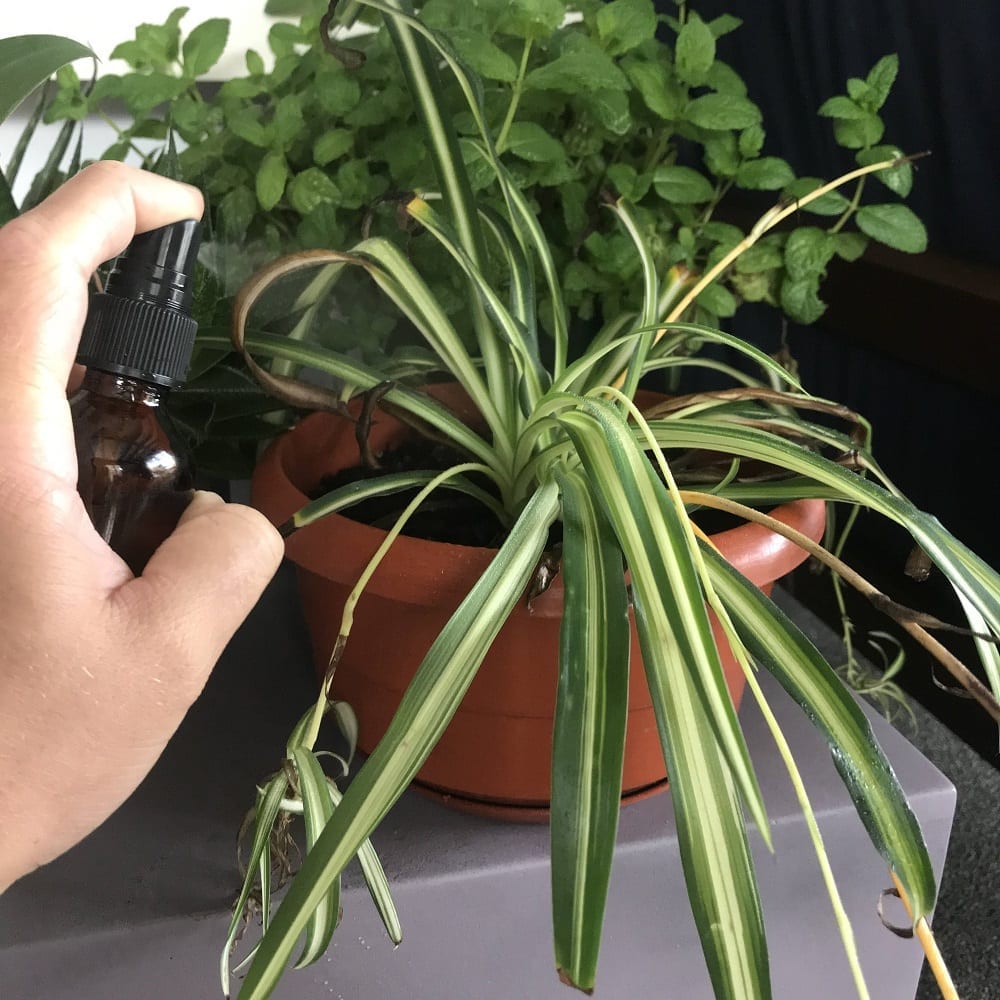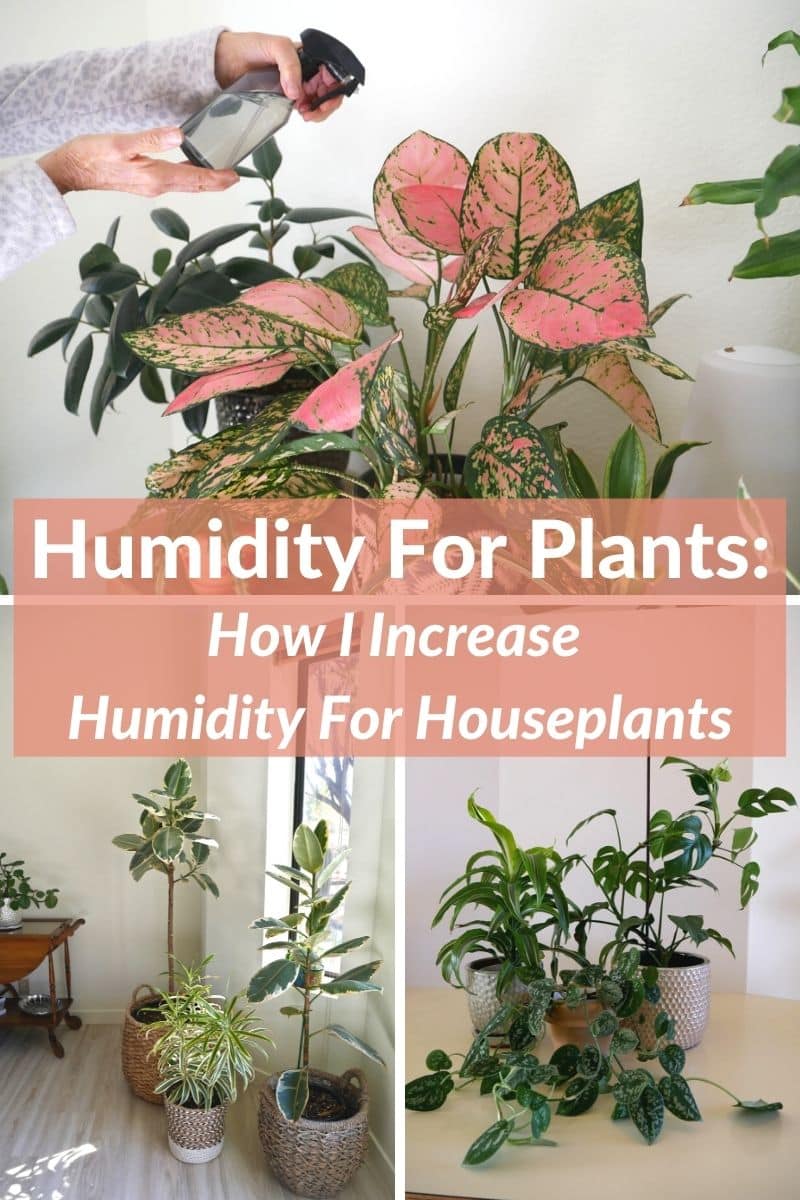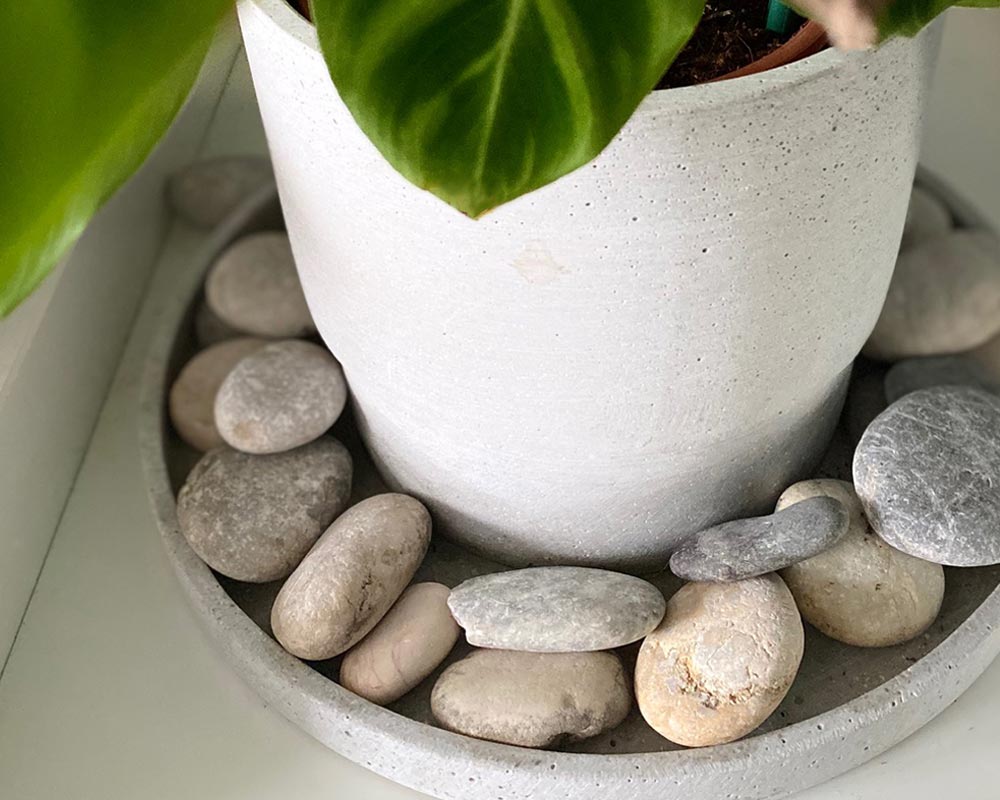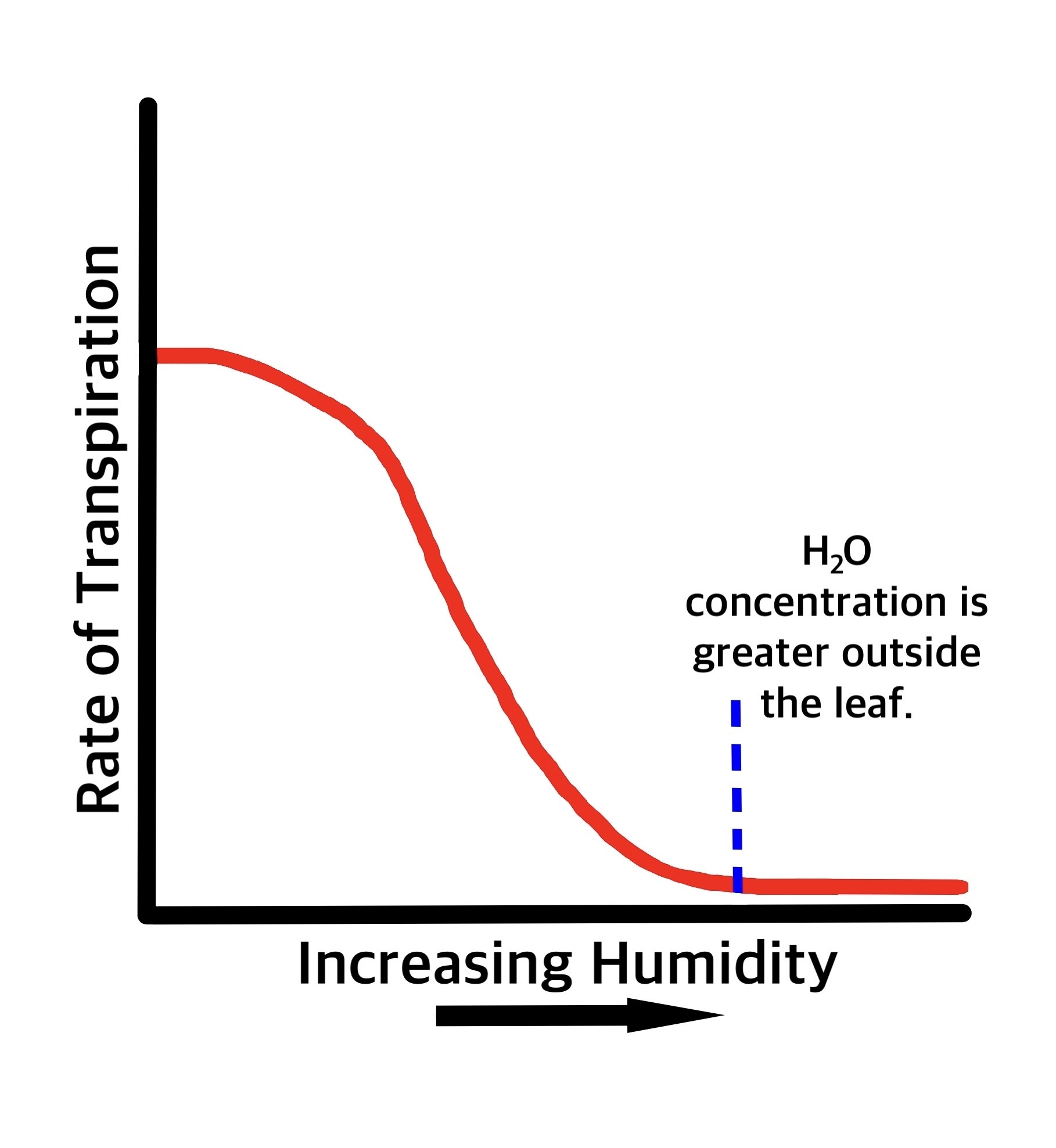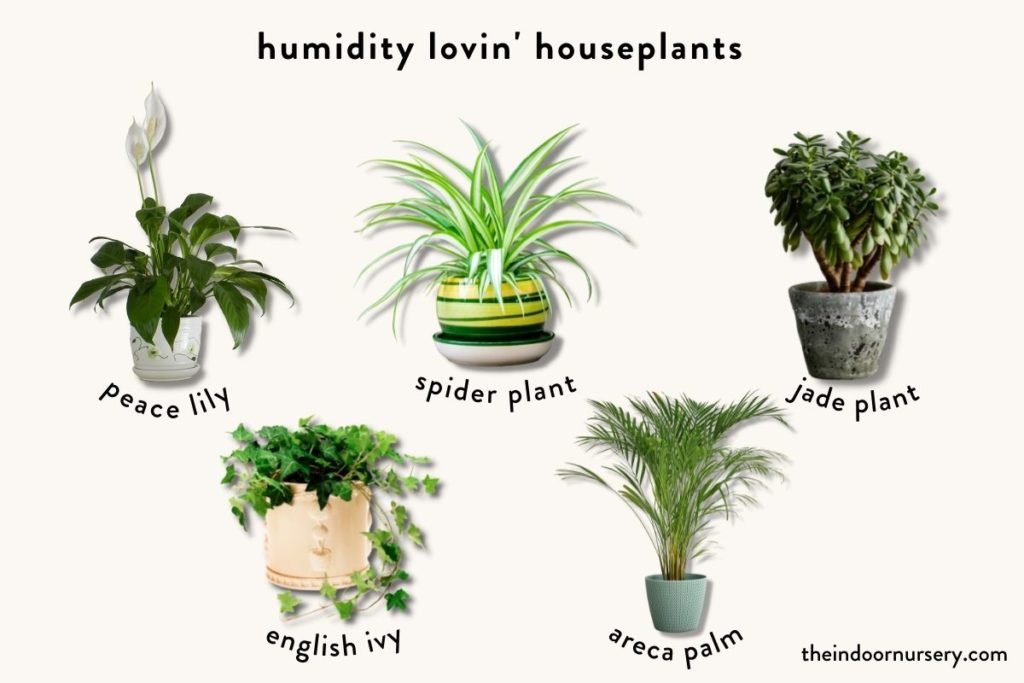Why Humidity Matters for Your Plants
Humidity plays a vital role in plant growth and development. Water vapor in the air is essential for photosynthesis, the process by which plants convert light energy into chemical energy. When humidity levels are optimal, plants can efficiently undergo photosynthesis, resulting in healthy growth and development. On the other hand, low humidity can lead to common problems like leaf drop, wilted leaves, and pest infestations.
Plants thrive in environments with humidity levels that match their natural habitats. For instance, tropical plants like ferns and peace lilies require high humidity, typically above 50%, to flourish. In contrast, cacti and succulents prefer dry environments with low humidity, often below 40%. Understanding the specific humidity needs of your plants is crucial to providing them with the best conditions for growth.
In addition to photosynthesis, humidity also affects transpiration, the process by which plants release water vapor into the air. When humidity is low, plants release more water vapor to compensate, leading to increased water loss. This can result in wilted leaves, reduced growth, and increased susceptibility to disease. By maintaining optimal humidity levels, you can help prevent these issues and promote healthy plant growth.
Furthermore, humidity helps prevent disease and pest infestations. Many plant diseases, such as powdery mildew and leaf spot, thrive in low-humidity environments. By maintaining optimal humidity levels, you can reduce the risk of disease and create an environment that is less conducive to pest infestations.
Increasing plant humidity is a simple and effective way to promote healthy growth and development. By understanding the importance of humidity and taking steps to maintain optimal levels, you can help your plants thrive and enjoy the many benefits of indoor gardening.
Assessing Your Plant’s Humidity Needs
Determining the ideal humidity level for your plants is crucial to providing them with the best conditions for growth. Different plant species have unique humidity requirements, and understanding these needs is essential to creating a thriving indoor garden. To assess your plant’s humidity needs, consider the following factors:
Plant species: Research the natural habitat of your plant species to determine its ideal humidity level. For example, tropical plants like orchids and bromeliads thrive in high-humidity environments, typically above 60%. In contrast, cacti and succulents prefer dry environments with low humidity, often below 40%.
Temperature: Temperature affects the rate of transpiration, the process by which plants release water vapor into the air. In general, warmer temperatures require higher humidity levels to prevent water stress. For example, a plant that prefers daytime temperatures between 65-75°F (18-24°C) may require a humidity level of 50-60%.
Light exposure: Light intensity also affects the humidity needs of plants. Plants that receive direct sunlight may require higher humidity levels to prevent water stress, while plants in low-light conditions may require lower humidity levels.
Examples of plants that thrive in high, medium, or low humidity environments include:
High humidity (above 60%): Ferns, peace lilies, and orchids
Medium humidity (40-60%): African violets, begonias, and geraniums
Low humidity (below 40%): Cacti, succulents, and snake plants
By considering these factors and researching the specific humidity needs of your plants, you can create a tailored environment that promotes healthy growth and development. Remember to monitor and adjust humidity levels as needed to ensure optimal conditions for your plants.
How to Increase Humidity Around Your Plants
Increasing humidity around your plants can be achieved through various methods, each with its pros and cons. Here are some practical tips to help you boost the humidity levels around your plants:
Using Humidifiers: Humidifiers are an effective way to increase humidity around plants. They work by releasing a fine mist of water vapor into the air, creating a humid microclimate. There are different types of humidifiers available, including ultrasonic, evaporative, and warm mist humidifiers. When choosing a humidifier, consider the size of the area you want to humidify and the type of plants you have.
Grouping Plants Together: Grouping plants together can create a microclimate with higher humidity levels. This method is known as the “plant clustering” technique. By placing plants close together, you can create a humid environment that benefits all the plants in the group. However, be careful not to overcrowd the plants, as this can lead to reduced air circulation and increased risk of disease.
Using Pebble Trays: Pebble trays are a simple and effective way to increase humidity around plants. By placing a tray filled with water and pebbles under the plant pot, you can create a humid microclimate. As the water evaporates, it increases the humidity levels around the plant. This method is especially useful for plants that prefer high humidity, such as ferns and peace lilies.
Other Methods: Other methods to increase humidity around plants include using a spray bottle to mist the leaves, placing a damp cloth over the plant, or using a humidifier specifically designed for plants. Each method has its pros and cons, and the best approach will depend on the specific needs of your plants.
When increasing humidity around your plants, it’s essential to monitor the humidity levels to avoid over-humidification. Over-humidification can lead to root rot, leaf drop, and other problems. By using a hygrometer to measure the humidity levels, you can ensure that your plants are receiving the right amount of humidity.
DIY Humidifier Solutions for Plant Lovers
Creating a humid environment for your plants doesn’t have to break the bank. With a few simple materials, you can create a DIY humidifier that will help increase the humidity around your plants. Here are some creative and budget-friendly ideas:
Plastic Bottle Humidifier: Cut the bottom off a plastic bottle and flip it upside down. Place the bottle over a tray filled with water and pebbles. As the water evaporates, it will create a humid microclimate around your plants.
Jar Humidifier: Fill a jar with water and place it near your plants. Cover the jar with a cloth or paper towel to create a mini-greenhouse effect. As the water evaporates, it will increase the humidity around your plants.
Sponge Humidifier: Soak a sponge in water and place it near your plants. As the water evaporates from the sponge, it will create a humid environment around your plants.
Step-by-Step Instructions:
1. Gather materials: plastic bottle, jar, sponge, water, pebbles, cloth or paper towel
2. Cut the bottom off the plastic bottle or fill the jar with water
3. Place the bottle or jar near your plants
4. Cover the bottle or jar with a cloth or paper towel to create a mini-greenhouse effect
5. Soak the sponge in water and place it near your plants
Photos:
[Insert photos of DIY humidifier solutions]
These DIY humidifier solutions are easy to make and can be customized to fit your specific needs. By creating a humid environment for your plants, you can help increase their growth and health.
Using Pebble Trays to Maintain Optimal Humidity
Pebble trays are a simple and effective way to increase humidity around plants. By placing a tray filled with water and pebbles under the plant pot, you can create a humid microclimate that benefits your plants. Here are some benefits of using pebble trays:
Improved Air Circulation: Pebble trays allow for improved air circulation around the plant, which helps to prevent fungal diseases and promotes healthy growth.
Reduced Water Waste: Pebble trays help to reduce water waste by allowing the plant to absorb water as needed. This also helps to prevent overwatering, which can be detrimental to plant health.
Increased Humidity: Pebble trays increase the humidity around the plant, which helps to promote healthy growth and prevent common problems like leaf drop and wilted leaves.
Setting Up a Pebble Tray:
1. Choose a tray that is large enough to hold the plant pot and has a depth of at least 1-2 inches.
2. Fill the tray with water to a depth of about 1-2 inches.
3. Add pebbles or small rocks to the tray, leaving about 1-2 inches of space between the pebbles and the water surface.
4. Place the plant pot on the pebbles, making sure that the pot is not touching the water surface.
Tips for Maintaining a Pebble Tray:
1. Check the water level regularly and add water as needed to maintain the desired humidity level.
2. Clean the pebbles and tray regularly to prevent the buildup of bacteria and fungi.
3. Monitor the plant’s response to the pebble tray and adjust the humidity level as needed.
By using a pebble tray, you can create a humid microclimate that benefits your plants and helps to promote healthy growth.
Grouping Plants for Enhanced Humidity
Grouping plants together is a simple and effective way to create a microclimate with higher humidity. By placing multiple plants in close proximity, you can create a humid environment that benefits all the plants in the group. Here are some advantages of grouping plants together:
Increased Humidity: When plants are grouped together, they create a microclimate with higher humidity. This is because the plants release moisture into the air through transpiration, which increases the humidity levels around them.
Improved Air Circulation: Grouping plants together can also improve air circulation around the plants. This helps to prevent fungal diseases and promotes healthy growth.
Reduced Water Loss: When plants are grouped together, they can help to reduce water loss through transpiration. This is because the plants create a humid environment that reduces the amount of water lost through transpiration.
Choosing Compatible Plants: When grouping plants together, it’s essential to choose compatible plants that have similar humidity requirements. Here are some tips for choosing compatible plants:
1. Choose plants that have similar humidity requirements. For example, if you have a plant that requires high humidity, choose other plants that also require high humidity.
2. Consider the size of the plants. Larger plants can provide shade for smaller plants, which can help to reduce water loss and improve air circulation.
3. Choose plants that have different growth habits. For example, if you have a plant that grows upright, choose other plants that grow horizontally or have a trailing habit.
Arranging Plants for Maximum Benefit: When arranging plants together, it’s essential to consider the size and growth habits of the plants. Here are some tips for arranging plants for maximum benefit:
1. Place larger plants in the center of the group, with smaller plants arranged around them.
2. Consider the direction of the light source. Place plants that require more light in the direction of the light source, and plants that require less light in the shade.
3. Leave enough space between the plants to allow for good air circulation. This will help to prevent fungal diseases and promote healthy growth.
By grouping plants together, you can create a humid microclimate that benefits all the plants in the group. Remember to choose compatible plants and arrange them for maximum benefit to ensure optimal humidity levels.
Monitoring and Adjusting Humidity Levels
Monitoring and adjusting humidity levels is crucial to maintaining optimal humidity for your plants. Here are some tips on how to monitor and adjust humidity levels:
Using Hygrometers: Hygrometers are devices that measure the humidity level in the air. They are available in digital and analog forms and can be placed near your plants to monitor the humidity level.
Checking Humidity Levels: Check the humidity level regularly, especially during periods of high or low humidity. You can use a hygrometer to measure the humidity level or check the plants for signs of high or low humidity.
Adjusting Humidity Levels: Adjust the humidity level as needed to maintain optimal humidity for your plants. You can use humidifiers or dehumidifiers to adjust the humidity level.
Guidance on Making Adjustments: When making adjustments to the humidity level, consider the following factors:
1. Plant species: Different plant species have different humidity requirements. Make sure to research the specific humidity requirements of your plants.
2. Temperature: Temperature affects the humidity level. Make sure to adjust the humidity level according to the temperature.
3. Light exposure: Light exposure affects the humidity level. Make sure to adjust the humidity level according to the light exposure.
4. Air circulation: Air circulation affects the humidity level. Make sure to adjust the humidity level according to the air circulation.
Tools for Measuring Humidity: There are several tools available for measuring humidity, including:
1. Hygrometers: Hygrometers are devices that measure the humidity level in the air.
2. Thermohygrometers: Thermohygrometers are devices that measure both temperature and humidity.
3. Humidity sensors: Humidity sensors are devices that measure the humidity level in the air and can be connected to a computer or smartphone.
By monitoring and adjusting humidity levels, you can maintain optimal humidity for your plants and ensure they receive the best conditions for growth.
Common Mistakes to Avoid When Increasing Plant Humidity
When trying to increase plant humidity, there are several common mistakes to avoid. Here are some of the most common mistakes and how to troubleshoot them:
Overwatering: Overwatering is one of the most common mistakes when trying to increase plant humidity. This can lead to root rot, leaf drop, and other problems. To avoid overwatering, make sure to check the soil moisture regularly and adjust the watering schedule accordingly.
Using the Wrong Humidifier: Using the wrong humidifier can lead to ineffective humidity levels and even damage to the plants. Make sure to choose a humidifier that is specifically designed for plants and follows the manufacturer’s instructions.
Neglecting Air Circulation: Neglecting air circulation can lead to fungal diseases and pest infestations. Make sure to provide good air circulation around the plants by using fans or opening windows.
Troubleshooting Tips:
1. Check the soil moisture regularly to avoid overwatering.
2. Choose a humidifier that is specifically designed for plants and follows the manufacturer’s instructions.
3. Provide good air circulation around the plants by using fans or opening windows.
4. Monitor the humidity levels regularly and adjust the humidifier as needed.
5. Avoid placing plants in areas with high humidity, such as basements or bathrooms, as this can lead to fungal diseases and pest infestations.
By avoiding these common mistakes and following the troubleshooting tips, you can effectively increase plant humidity and provide your plants with the best conditions for growth.



